
Yoga instructor. The Googleplex. Mountain View, California.
My resolution for 2013 was to spend more time being attentive to the simple pleasures of experience. The 52 Popsicle assignment is a part of this, but there have been other experiments. Over the last month, the LBM team has had a fantastic Yoga instructor, Drake Powe, visit our studio on a weekly basis. I’ve tried to use some of Drake’s mindfulness exercises outside of class. But once I hit the road for Three Valleys, all of this progress came to a halt. Since landing in Silicon Valley a week ago, I’ve been too busy devouring the world to pay quiet attention to my own experience. And I certainly haven’t had time to read for pleasure.
So there is no way I can fulfill this week’s popsicle assignment. Nevertheless, while sitting here in my room at the Microtel Inn and Suites in Modesto, I did finally pull out the book that Drake recommended: The Wisdom of No Escape by Pema Chödrön. This is what I read on the first page:
When people start to meditate or to work with any kind of spiritual discipline, they often think that somehow they’re going to improve, which is a sort of subtle aggression against who they really are. It’s a bit like saying,
“If I jog, I’ll be a much better person.”
“If I could only get a nicer house, I’d be a better person.”
“If I could meditate and calm down, I’d be a better person.”
Or the scenario may be that they find fault with others; they might say, “If it weren’t for my husband, I’d have a perfect marriage.”
“If it weren’t for the fact that my boss and I can’t get on, my job would be just great.”
And “If it weren’t for my mind, my meditation would be excellent.”
But loving-kindness -maitri- toward ourselves doesn’t mean getting rid of anything. Maitri means that we can still be crazy after all these years. We can still be angry after all these years. We can still be timid or jealous or full of feelings of unworthiness. The point is not to try to change ourselves. Meditation practice isn’t about trying to throw ourselves away and become something better. It’s about befriending who we are already.
Reading this makes me wonder if I need to rethink this statement I made in an interview a few years ago:
I think photography is the most anti-Zen activity. It’s all about stopping time, possessing things, holding onto them. And you know, if my goal was to be a healthy person, photography would not be the thing. I have this joke about becoming a binoculographer: you go around and look at the world without photographing. That would be a spiritually healthy way of taking things in. But this wanting to possess it is not so healthy.
I’m still not sure that driving around in a minivan and drinking from my Bubba Keg is the best spiritual practice, but I can still work on mindfulness while doing this stuff:

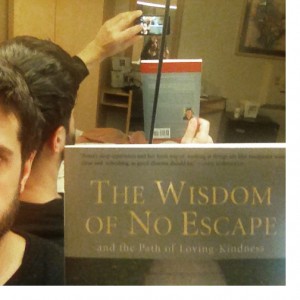
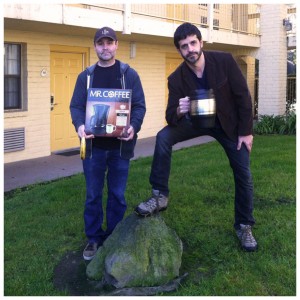

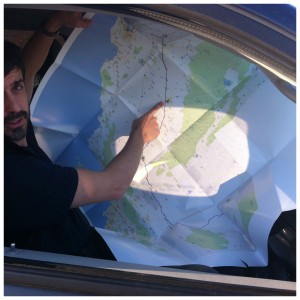
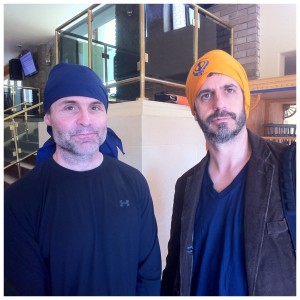

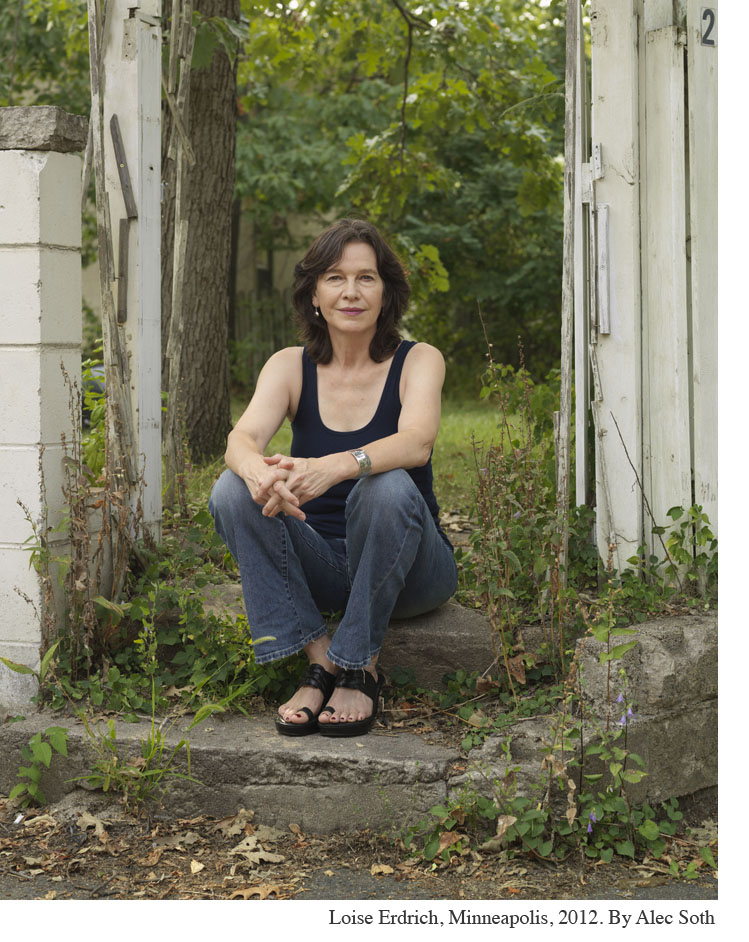
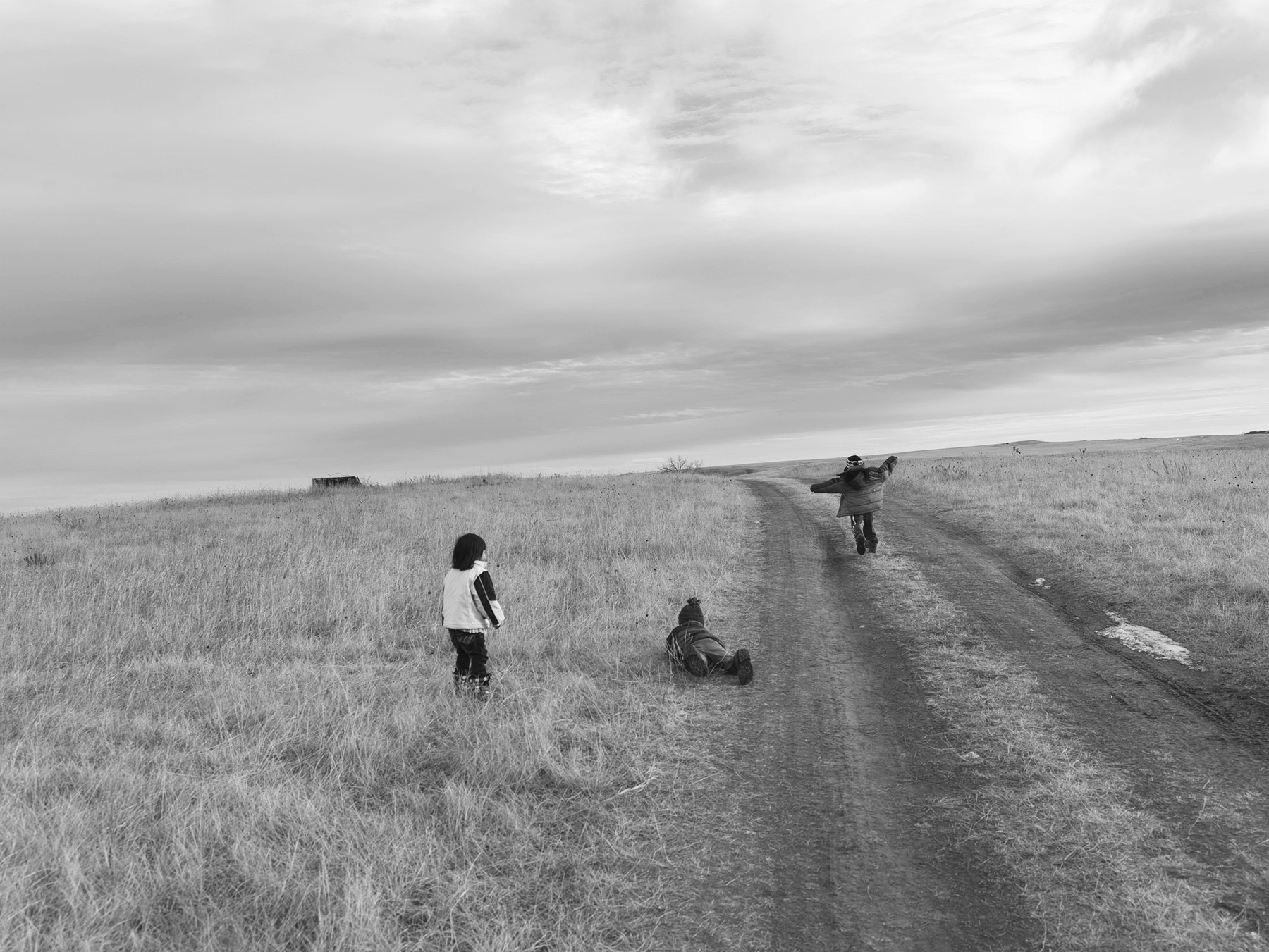

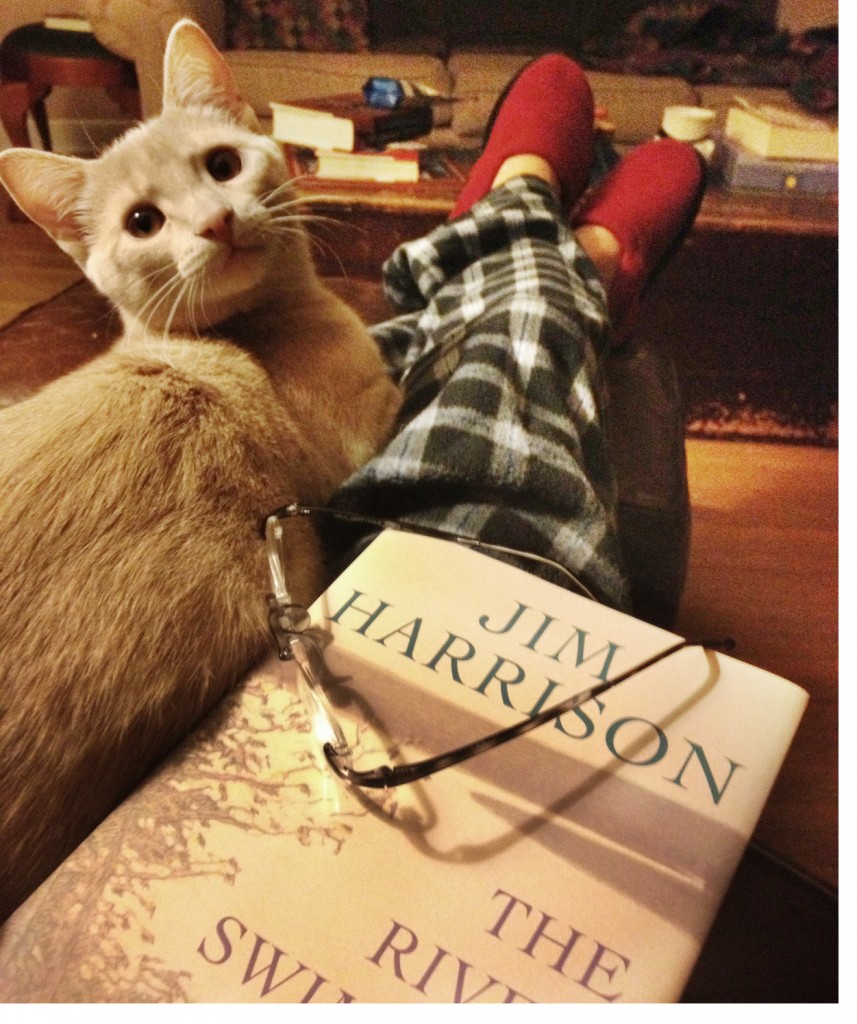
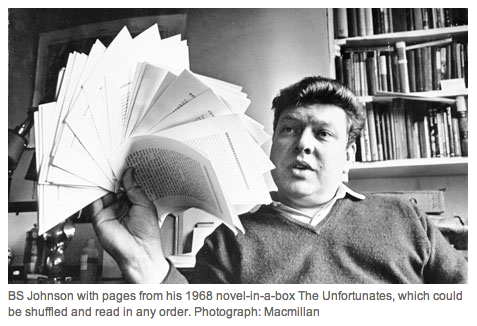
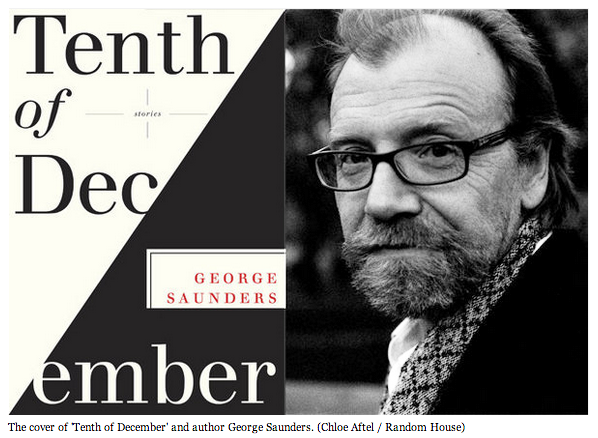
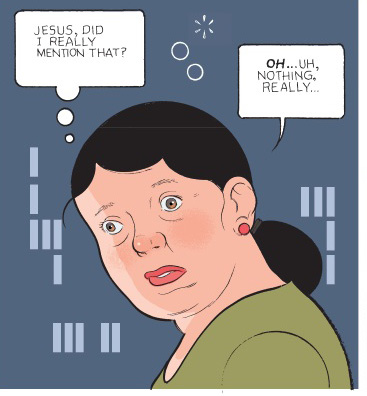
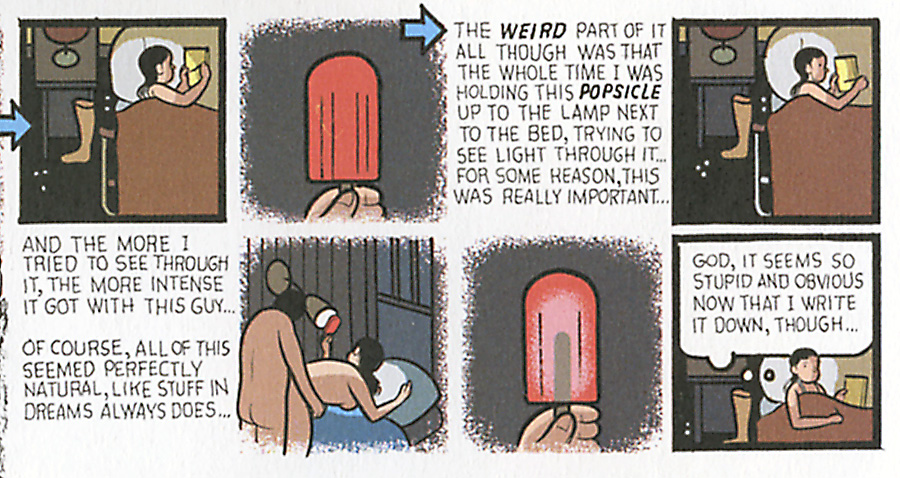
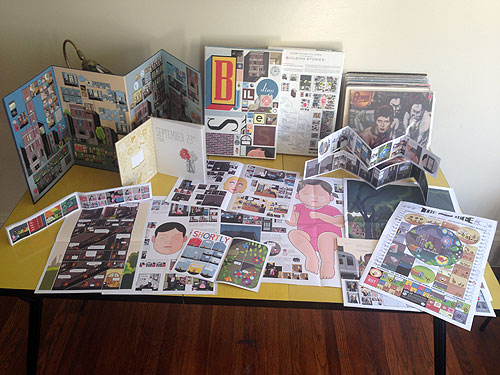
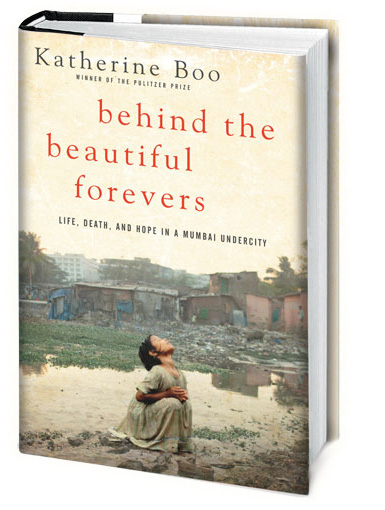 Worn down by all the navel gazing, I picked up the book Uncle David had given my wife:
Worn down by all the navel gazing, I picked up the book Uncle David had given my wife: 


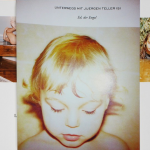
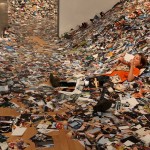

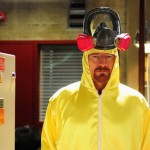

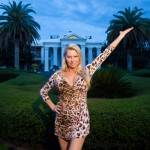
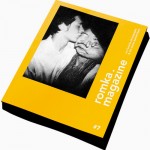
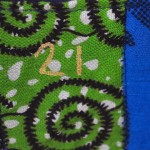
 The other day I was watching Jerry Seinfeld’s web series,
The other day I was watching Jerry Seinfeld’s web series,